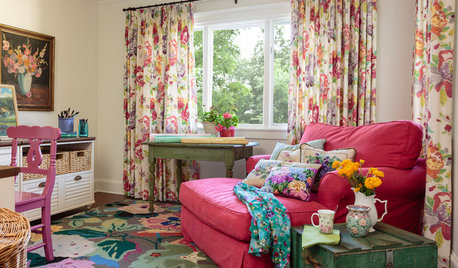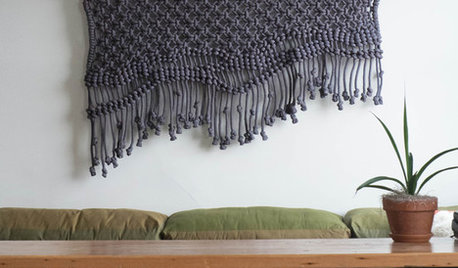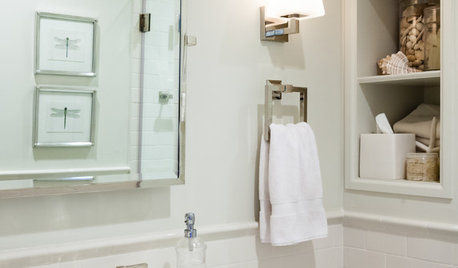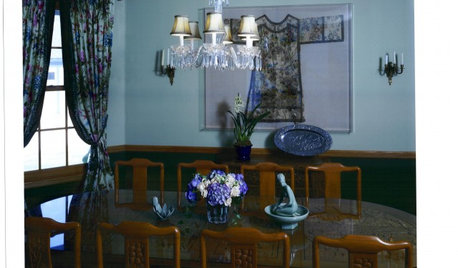Memoirs
friedag
10 years ago
Related Stories

SHOP HOUZZShop Houzz: Design a Chic and Bright Home Office
Create a home office as fabulous as you are to spark creativity and make work fun
Full Story0

HOUZZ TOURSMy Houzz: Island Life and Love in the Bahamas
Fifty years of devotion begets two handmade open-air cottage homes on a private tropical island
Full Story
LIFEWhat You’re Reading This Summer — and Where
Check out Houzzers’ summer reading lists and get some ideas for your own!
Full Story
DECORATING GUIDESKnot Again! Macrame Is Back
It's happened. A craft that typified 1970s style (the owls, the spider plants!) is back, but better
Full Story
GARDENING FOR BUTTERFLIES3 Ways Native Plants Make Gardening So Much Better
You probably know about the lower maintenance. But native plants' other benefits go far beyond a little less watering and weeding
Full Story
ROOM OF THE DAYRoom of the Day: An 8-by-5-Foot Bathroom Gains Beauty and Space
Smart design details like niches and frameless glass help visually expand this average-size bathroom while adding character
Full Story
LIFESimple Pleasures: The Art of Lounging
Restore your spirit and encourage creativity by daydreaming, meditating or napping in the comfiest spot in the house
Full Story
GREEN BUILDINGWater Sense for Big Savings
Keep dollars in your pocket and preserve a precious resource with these easy DIY strategies
Full Story
LIFEYou Said It: ‘It’s Different ... But Then, Aren’t You?’ and More Wisdom
Highlights from the week include celebrating individuality and cutting ourselves some decorating slack
Full Story



annpan
friedagOriginal Author
Related Discussions
Memoirs of a First Year Urban Orchardist
Q
Happy with Kohler Memoirs Stately toilet so far
Q
Mountaineering Memoirs
Q
Kohler Memoirs Toiler - feedback?
Q
woodnymph2_gw
friedagOriginal Author
sheriz6
veer
janalyn
friedagOriginal Author
friedagOriginal Author
veer
friedagOriginal Author
friedagOriginal Author
sheriz6
annpan
friedagOriginal Author
woodnymph2_gw
friedagOriginal Author
veer
veer
friedagOriginal Author
friedagOriginal Author
veer
woodnymph2_gw
friedagOriginal Author
friedagOriginal Author
woodnymph2_gw
netla
carolyn_ky
friedagOriginal Author
annpan
friedagOriginal Author
annpan
veer
annpan
woodnymph2_gw
friedagOriginal Author
veer
carolyn_ky
friedagOriginal Author
carolyn_ky
friedagOriginal Author
carolyn_ky
rosefolly
sheriz6
rosefolly
rouan
rosefolly
sheriz6
rosefolly
yoyobon_gw